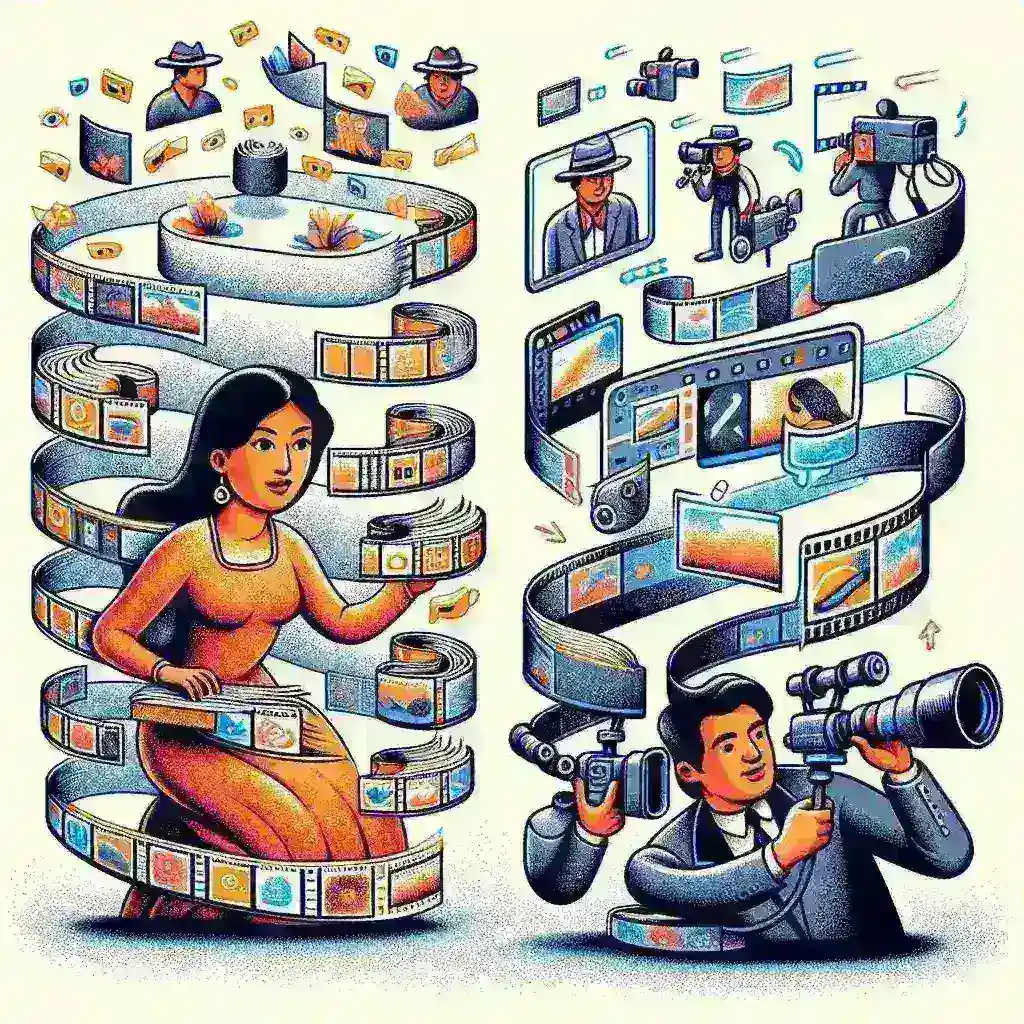Introduction
In the rapidly evolving digital landscape, text to video tools have emerged as powerful assets for content creators, marketers, and educators. These tools allow users to transform textual content into engaging video formats, thereby enhancing the way information is conveyed. However, the ability of these tools to depict motion varies significantly, raising critical questions about their effectiveness and usability.
The Evolution of Text to Video Technology
Historically, the conversion of text into video was a cumbersome process, often requiring manual editing and significant technical skill. The advent of artificial intelligence and machine learning has revolutionized this field, allowing for automated processes that can generate videos in minutes. Yet, not all tools are created equal; their ability to depict motion is influenced by several factors, including the underlying algorithms, user interface design, and the types of animations available.
Understanding Motion in Video
Motion is an essential element in video production that captures viewer attention and enhances storytelling. In the context of text to video tools, motion can manifest in various forms:
- Dynamic Text Animation: The way text appears on screen can significantly influence the viewer’s engagement. Tools that allow for smooth transitions and kinetic typography can create a more immersive experience.
- Image and Video Overlays: Integrating moving images or video clips can help convey concepts more effectively. This requires a tool to support layering and seamless transitions.
- Motion Graphics: Animated elements that illustrate concepts can help visualize complex ideas, making them easier to understand.
How Tools Vary in Depicting Motion
Different text to video tools utilize various methods to depict motion, which affects the overall quality and effectiveness of the produced video. Here are some key factors influencing this variation:
1. Algorithm Complexity
The sophistication of the algorithms used in text to video tools can greatly impact their ability to depict motion effectively. Advanced algorithms can analyze text context and determine the most appropriate animations or transitions, while simpler tools may offer limited options.
2. User Customization
Some tools allow users greater customization, enabling them to create unique motion effects tailored to their message. This customization can enhance the effectiveness of the video, making it more relatable to the target audience.
3. Stock Assets and Libraries
A robust library of stock images, videos, and animations can significantly enhance the motion depicted in videos. Tools with extensive libraries provide users with more options to create visually dynamic content.
4. Rendering Speed
Tools that offer faster rendering speeds allow users to experiment with various motion settings without the frustration of lengthy wait times. This can encourage creativity and exploration.
5. Integration with Other Media
Tools that can easily integrate with other media formats can produce videos that blend text, images, and audio more seamlessly, resulting in a more dynamic representation of motion.
Pros and Cons of Text to Video Tools
While text to video tools provide significant benefits, they also come with drawbacks that can affect their effectiveness in depicting motion.
Pros
- Time Efficiency: Quickly convert text into visually engaging videos.
- Enhanced Engagement: Motion elements can capture viewer attention better than static content.
- Accessibility: Users with limited technical skills can produce professional-looking videos.
Cons
- Limited Customization: Some tools may restrict users in terms of design flexibility.
- Quality Variability: The effectiveness of motion depiction can vary greatly among different tools.
- Learning Curve: Some advanced features may require time to master.
Future Predictions for Text to Video Tools
As technology continues to advance, we can expect significant developments in text to video tools, particularly in their ability to depict motion. Some potential trends include:
- Increased Use of AI: Enhanced AI algorithms will likely improve the contextual understanding of text, allowing for more sophisticated motion animations.
- Greater Interactivity: Future tools may allow viewers to interact with videos, enabling them to control motion elements.
- Enhanced Personalization: AI-driven personalization features could tailor motion effects based on individual viewer preferences.
Real Examples of Effective Motion Depiction
To illustrate the varying capabilities of text to video tools in depicting motion, consider the following examples:
Example 1: Educational Content
An educational platform used a text to video tool with advanced motion capabilities to create engaging lessons on history. The tool utilized kinetic typography and animated maps to depict historical events dynamically, resulting in higher student engagement and knowledge retention.
Example 2: Marketing Campaign
A marketing team leveraged a text to video tool to produce promotional content for a new product. By incorporating animated elements and dynamic text transitions, they captured the audience’s attention effectively, leading to increased click-through rates.
Conclusion
The ability of text to video tools to depict motion varies significantly based on several factors, including algorithm complexity, user customization, and available resources. While these tools offer immense potential for enhancing visual storytelling, users must consider the pros and cons to select the right one for their specific needs. As technology continues to evolve, the landscape of text to video tools will likely become more sophisticated, enabling even more dynamic and engaging content creation.


